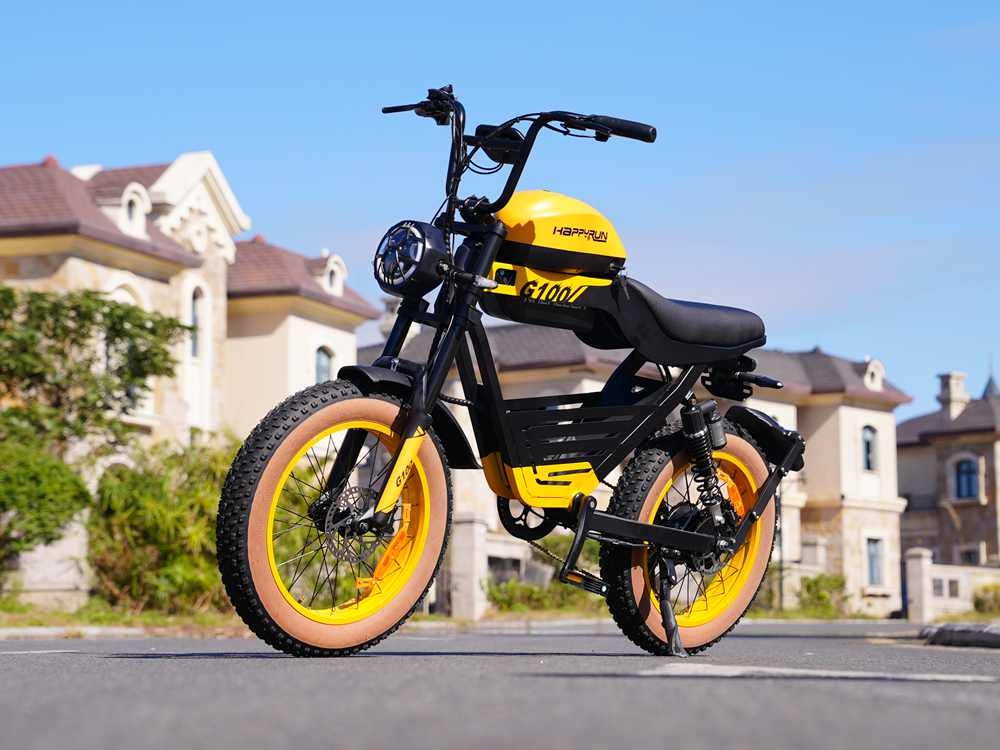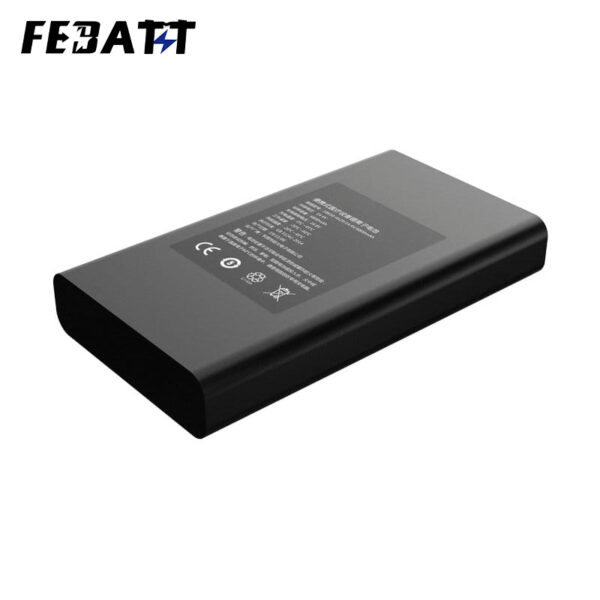If you own an e-bike, you’ve probably asked yourself:
“How often should I charge my battery?”
Manufacturers often claim that one charge can last 40–80 km, but reality tends to fall short. Some riders find themselves charging almost daily, while others can go for several days. So, what’s the reason?
In this article, we’ll explore the topic from different angles—science, riding habits, real-life experiences, and charging tips—to help you figure out your own charging frequency and extend your battery’s lifespan.
1. Why Do E-Bike Batteries Drain Faster Than Advertised?
Your e-bike battery is like a fuel tank, but how quickly it empties depends on multiple factors:
·Battery capacity (Wh = Volts × Amp-hours): Larger capacity = longer range, but many lightweight city bikes come with smaller packs.
·Motor power and assist level: High-powered motors or long rides in Turbo mode drain faster.
·Route and terrain: Hills, rough roads, and frequent stop-and-go increase consumption.
·Climate conditions: Cold weather can reduce efficiency by 20–25%, while extreme heat accelerates battery aging.
·Load weight: Carrying passengers, cargo, or heavy backpacks all demand more energy.
Example: The same 500Wh battery might cover 40 km in a flat city but less than 15 km in mountainous or heavy-load conditions.
2. Battery Consumption in Different Conditions
Terrain and climate worldwide can significantly affect your battery life:
| Riding Condition | Impact |
| Steep hills / mountain rides | High torque demand → faster drain |
| Rough or uneven surfaces | Higher resistance → more energy loss |
| Strong headwinds | Continuous drag, especially at speed |
| Cold climate | Battery capacity drops 20–25% |
| Hot climate | Battery lifespan shortens, heat stress |
| Stop-and-go city traffic | High power bursts with each acceleration |
3. Real Rider Charging Experiences
Real-world use tells the story better than theory:
·Short-distance commuters (under 10 km): Some riders with small-capacity batteries drain them daily, while others on flat roads may last three days per charge.
·Family riders (carrying kids or groceries): Extra load often requires larger batteries; otherwise, daily charging is a must.
·Delivery riders: Covering 60–100 km daily, they rely on high-capacity packs or mid-shift swaps—charging is simply part of the job.
·Long-distance leisure riders: On weekend trips, many prefer carrying a spare to avoid running out of power mid-ride.
These cases show that distance alone isn’t the key—terrain, load, and riding style matter more.

4. How Often Should You Charge?
Here’s a practical guide based on common usage scenarios:
| Rider Type | Typical Scenario | Suggested Charging Frequency |
| Flat, short-distance commuter (10–15 km/day) | Work or school commute | Every 2–3 days |
| Medium-distance commuter (15–25 km/day) | City riding + mild hills | Every 1–2 days |
| Mountain / heavy load rider | Hills, cargo, bike trailer | Daily |
| Delivery rider | High-mileage deliveries (60+ km) | Daily or swap mid-shift |
| Extreme climate rider | Cold or hot environments | Safer to charge daily |
The rule is simple: the heavier, steeper, or harsher the conditions → the more frequent the charging.
5. Do You Need to Charge Every Night?
Not necessarily! Many people charge daily out of fear of running out, but in most cases, it isn’t required.
·If your battery is still above 40–50%, you can wait until the next ride.
·Avoid dropping below 10%—deep discharges shorten battery lifespan.
·The sweet spot is keeping charge between 30–80%, which extends cycle life.
Think of your battery as a water bottle—you don’t need to refill it every time after a sip.
6. Tips to Extend Time Between Charges
Want to reduce how often you plug in? Try these habits:
- Recharge around 30%, not 0%.
- Avoid extreme temperatures. Don’t leave batteries freezing overnight or baking in direct sun.
- Use assist wisely. Eco mode for flats, Turbo only for climbs.
- Maintain tire pressure. Low pressure = wasted energy.
- Choose efficient routes. Smooth paths save more power than bumpy ones.
- Upgrade your pack. Heavy users should consider 600Wh+ batteries or dual-battery setups.

7. Frequently Asked Questions
Q1: Is charging overnight harmful?
No. Modern Battery Management Systems (BMS) prevent overcharging. Still, unplugging after full charge is better for long-term health.
Q2: Does cold weather permanently damage the battery?
No. Capacity drops temporarily in winter but recovers in warmer weather.
Q3: How do delivery riders last all day?
They usually use high-capacity packs or carry spare batteries—and some rely on battery swap stations.
Q4: Is public charging safe?
Yes, as long as you use certified chargers. But relying on fast charging daily may shorten overall lifespan slightly.
8. Charging Rhythms for Different Lifestyles
So, how often should you charge? The key is to match your lifestyle:
·Short-distance commuters: Every 2–3 days
·Urban riders: Every 1–2 days
·Mountain / cargo riders: Daily
·Delivery riders: Daily or mid-shift swaps
·Extreme climate riders: Almost daily in winter or hot summers
9. The Future of E-Bike Batteries
Charging and battery technology are evolving rapidly:
·LFP (Lithium Iron Phosphate) batteries: Longer lifespan, safer chemistry.
·Smart chargers: Automatically adjust charging for optimal health.
·Battery swap systems: Expected to expand worldwide, especially for fleets.
By 2030, many casual riders may use LFP batteries, while couriers and heavy users may rely on swap systems for uninterrupted service.
10. Conclusion – Charge Smart, Not Just Often
If you feel tied to your charger, don’t worry—it’s not you, it’s the setup and habits. By optimizing your charging routine, you can:
·Reduce range anxiety
·Extend your battery’s lifespan
·Save money on replacements
Enjoy more worry-free rides
Final takeaway: Instead of asking “How often should I charge?”, ask “What charging rhythm fits my lifestyle best?”







